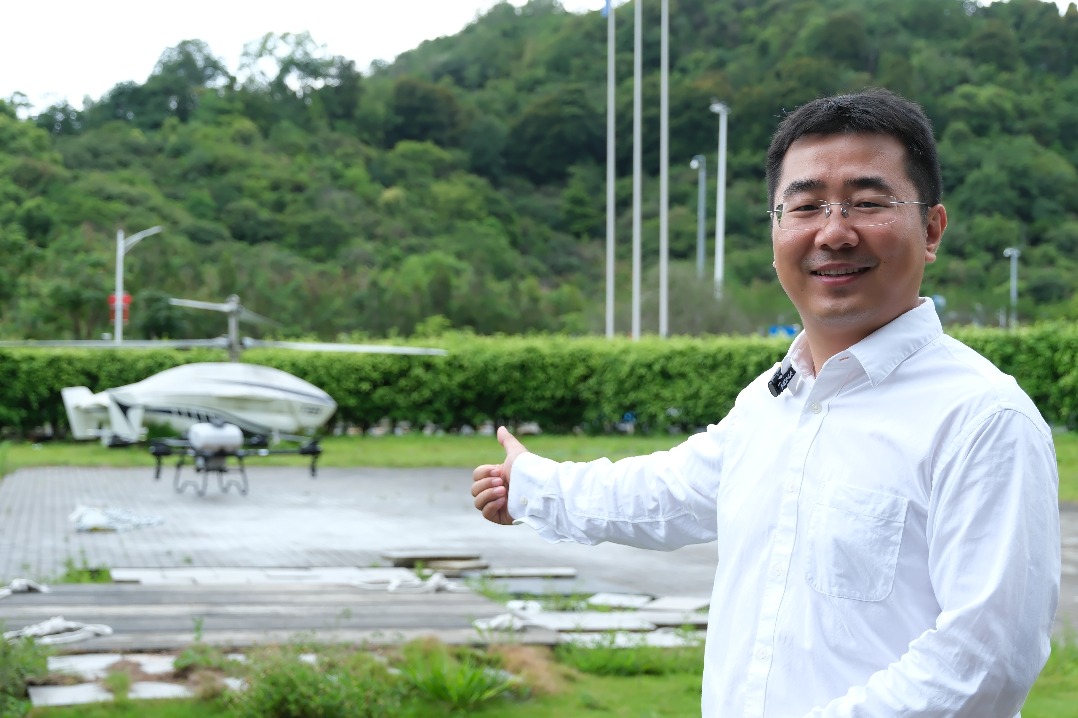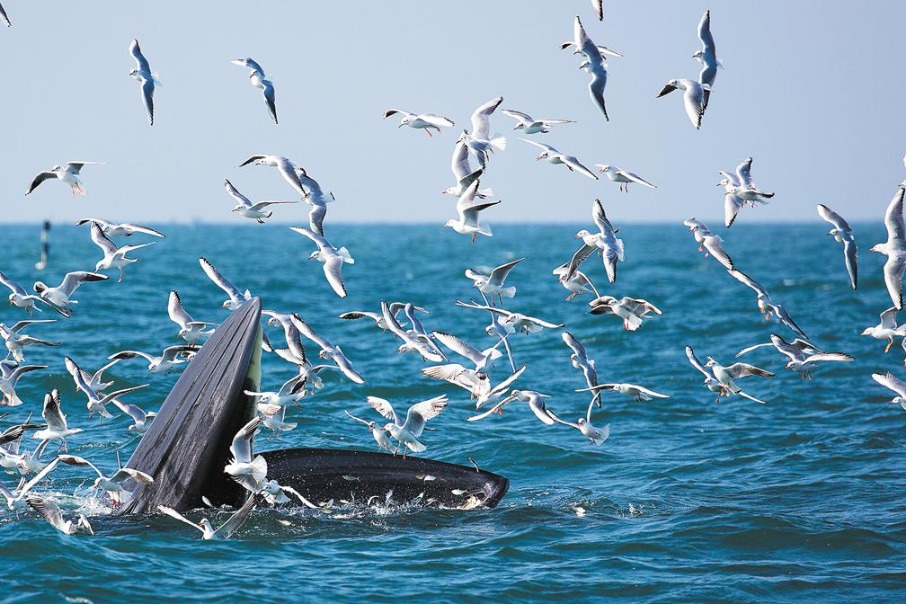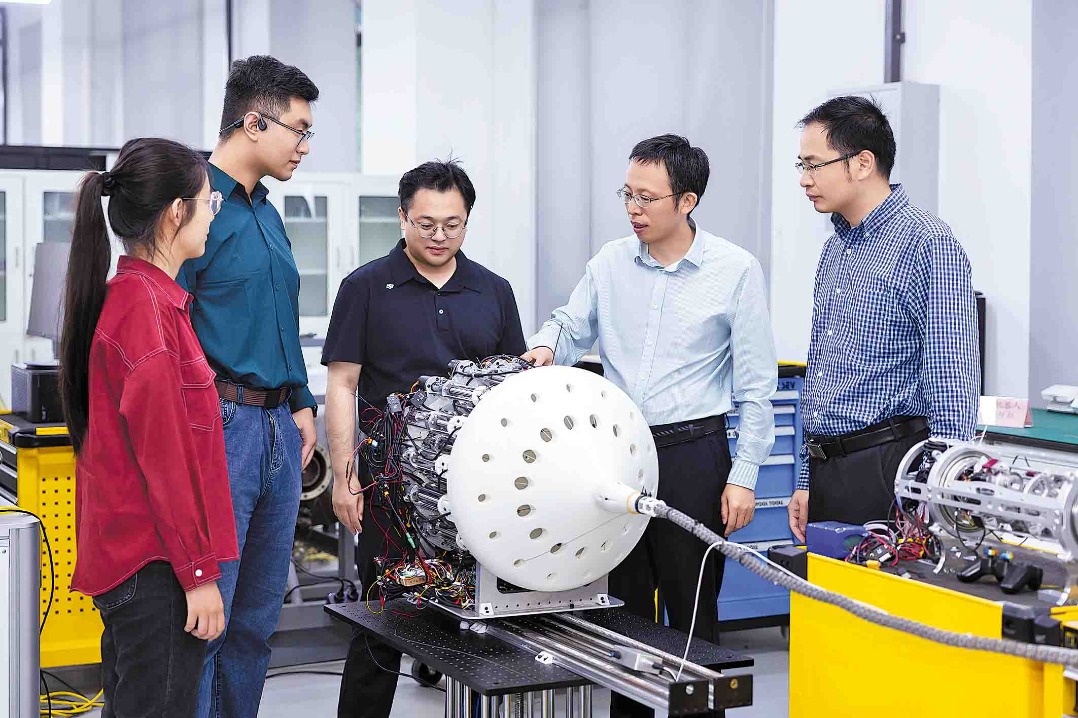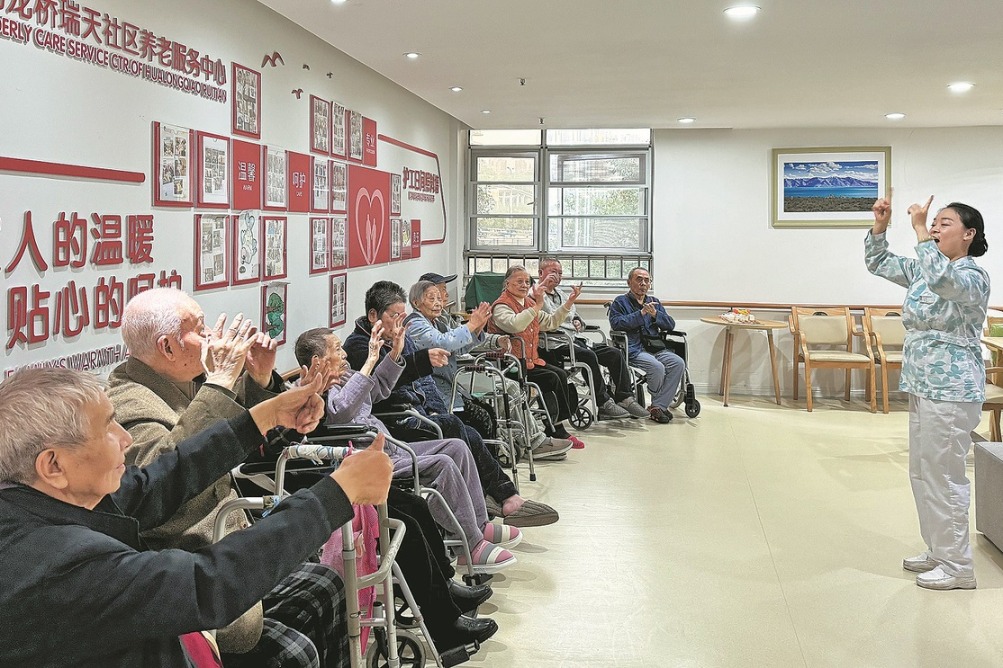Ancient maritime hub still lures modern explorers

FUZHOU-Amid the setting sun and gentle sea breeze, Heros Di Bartolomeo, an Italian photographer, sips kung fu tea with several friends sitting on the balcony of his two-story red brick building as part of his usual routine, putting an end to a busy day like many others in the ancient city of Quanzhou, Fujian province.
Nearly 700 years ago, the Venetian traveler Marco Polo wrote in his travelogue about the prosperity of Quanzhou, the largest port in the East around the 10th to the 14th centuries. Seven centuries later, Bartolomeo has chronicled the city's revival and vibrancy through his lens.
Located at the southeast coast of China, Quanzhou had already accumulated a wealth of experience in maritime trade. Thanks to the concerted efforts of government, monks, merchants and envoys from home and abroad, the city gradually developed into a global maritime trade center.
Here foreign merchants traded exotic spices, plants, animals and other rare treasures and Chinese specialties, including silk, porcelain, tea and precious metals. The exchange of goods not only forged systematic trade networks with the outside world but also nurtured vibrant cultures.
On July 25, "Quanzhou: Emporium of the World in Song-Yuan China" was added to the UNESCO World Heritage List as a cultural site.
Bartolomeo is one of the many foreigners who have traveled from afar looking for opportunities in the port city that is looking to reemerge as a contemporary maritime trade center and manufacturing hub.
Bartolomeo, previously an accountant in Italy's Bergamo, paid his first visit to Quanzhou in 2011 after chatting online with a girl from the city for over a year. They fell in love and got married in 2014. He moved to Quanzhou the next year.
The new developments in the city propelled him to try something different. Knowing little Chinese, he resorted to taking photos to document and communicate with local people. So far, he has taken almost one million photos of Quanzhou and made himself a freelance photographer of some renown.
Amazed at the city's diverse cultures, he frequents monuments and historical buildings that might have been visited by Marco Polo hundreds of years ago. One of them is Liusheng Pagoda, a landmark that merchant ships from foreign lands looked for to guide them safely into the "largest port in the east".
"When I see the relics in Quanzhou, I feel I have connections with Macro Polo. I imagine the scenes when he visited and these are the same places I visit today. It is a wonderful experience," says Bartolomeo.
Culture exploration is not the only undertaking for foreigners flocking to modern Quanzhou. As much in those days as today, the city beckons entrepreneurs and businesses from around the world with its vibrant private sector, which is spearheaded by the manufacturing of apparel and footwear, ceramic products and stoneware.
Sugi International, founded by Italian entrepreneur Massimo Sinigaglia in 1990, set up a research and development center in Quanzhou in 1999, which boasts a competitive manufacturing capacity and a complete industrial chain for garments and footwear.
"About 10 of the 100 employees in our development center are from Italy, Spain and Britain," says Su Jiecheng, who is in charge of the Quanzhou center, which is responsible for turning design sketches into sample products for buyers to choose from.
The company, which has its headquarters in Hong Kong, is a high street footwear supplier, designing and manufacturing footwear for retailers including a wide range of global brands such as Zara, Caterpillar and Replay.
Su says that the arrangement benefits both the Italian company and local footwear industry, as European fashions and tastes open up a whole new world for homegrown shoemakers in Quanzhou, which in turn has helped secure plenty of orders from global businesses.
In 2020, the coastal city's GDP topped 1 trillion yuan ($155 billion), ranking among the top 20 cities nationwide in terms of GDP. Export volume in the same period grew 3.4 percent to about 150.4 billion yuan, despite the pandemic.
"The maritime trade tradition, which cherishes openness, inclusiveness and common prosperity, has been passed on over generations and is prevalent even today. That is why the ancient city still prospers and holds an attraction for people from all over the world," says Li Guohong, a scholar in local folk culture.
Xinhua
Today's Top News
- Israel agrees to conditions to finalize 60-day Gaza ceasefire
- Xi: Advance building of unified market
- US chip restrictions backfiring
- Consumption push promises summer tourism boom
- Namibian FM highlights China's role in progress
- Policy effort to bolster growth bears fruit






























